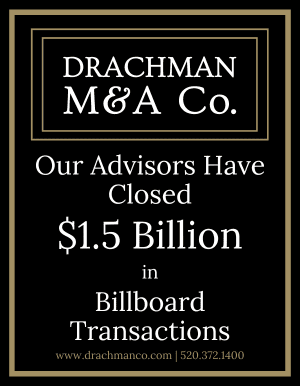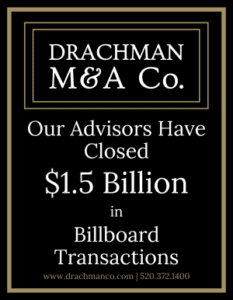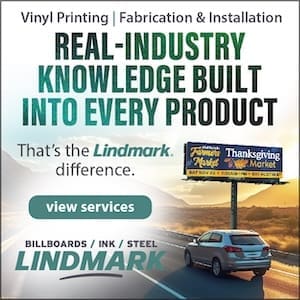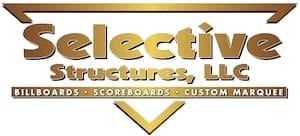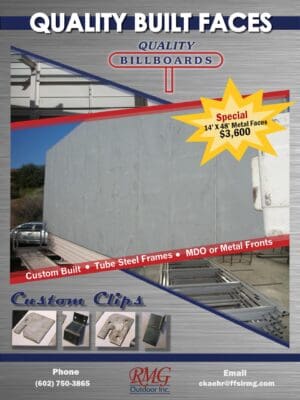
By Nick Coston
Having been involved with both traditional OOH and non-traditional OOH I’m still at a loss as to why there’s still this chasm between both sides. Seems to me that if our goal is to increase our overall percentage of the US advertising budget with some real heft, that both traditional and non-traditional OOH should have some idea as to how each category operates.
Right now, they don’t.
With most place-based digital networks sitting at around a 25% occupancy rate while traditional OOH networks sit at a consistently 70% plus occupancy rate (media owners with 100-300 units in small to medium sized markets routinely are sold out for months at a time) this gap seems have been going on for too long. My question is, how can the ever-growing number of place-based digital networks, retail media and urban panels for example, close the gap on these occupancy rates? Why does traditional hold such an advantage? It’s all OOH inventory, whether static, digital, programmatic, roadside billboards, bus tails, digital screens in windows, parking lots or malls, these are all OOH media products that do the same darn thing: promote a brand through advertising that is located outside of your home. This term, which includes all the products and displays mentioned above, is what distinguishes us from at-home media like TV, radio, print as well as online media.
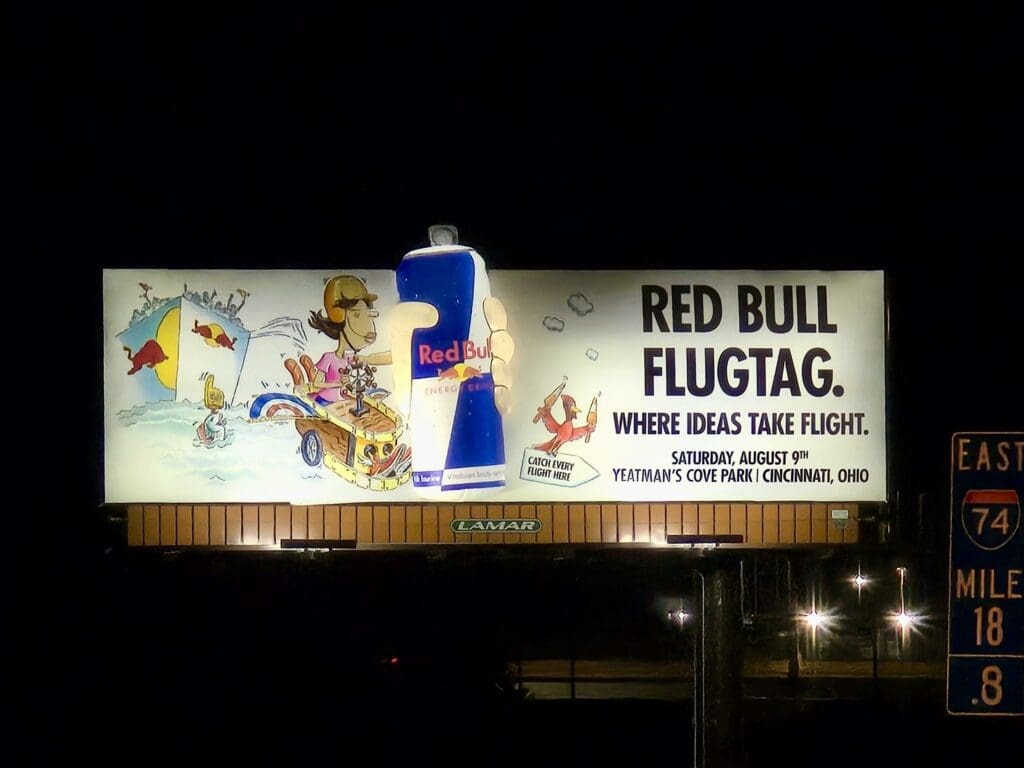
So why does one category of OOH run roughshod over the other category on a regular basis? Is it because of the labels we put on these two categories, confuse buyers? Is there a real difference from road-side billboards and in-window static or digital displays besides the size? Most don’t carry any real content, as they are purely means of conveying advertising, transacting space, pushing ad revenues. If they do carry non-ad content, it’s usually in-house filler copy or PSA’s. Why then do these products, that are supposed to be doing the same thing, get lumped into so many categories? Aren’t these all simply out-of-home media products, don’t they all do the same thing?

Perhaps I can help here.
Why can’t non-traditional salespeople /publishers, take the time to learn how traditional OOH salespeople cultivate prospects, develop relationships, and most importantly close deals? There’s virtually zero cross-pollination between the two as either side has no clue how the other sells. All they know is that the traditional peeps, in most cases, have been there forever, building their business while many non-traditional who also handle direct advertisers, are in a constant state of flux.
One common thought I heard while attending OOHNYC 2025 Week is that OAAA and DPAA should engage together more, push the industry, not just themselves. Well?
If these two factions of OOH could find a way to combine talents, sell the industry and not just their own products, we may have a chance to boost our overall revenues, regardless of how they are classified.
Because when you leave your home and see an ad, categories don’t matter, it’s all OOH, babeees.
Insider’s Note: Nick Coston has been writing opinion pieces for the OOH industry for 10 years now. His weekly pieces also appear on Substack where you can view the last 2 years worth. Full-time, Nick is the VP, Sales and Sales Strategies for Moving Walls, the Singapore based media and ad tech giant, here in The America’s.
If you are interested, here is Nick’s Substack LINK
To receive a free morning newsletter with each day’s Billboard insider articles email info@billboardinsider.com with the word “Subscribe” in the title. Our newsletter is free and we don’t sell our subscriber list.
Paid Advertisement
